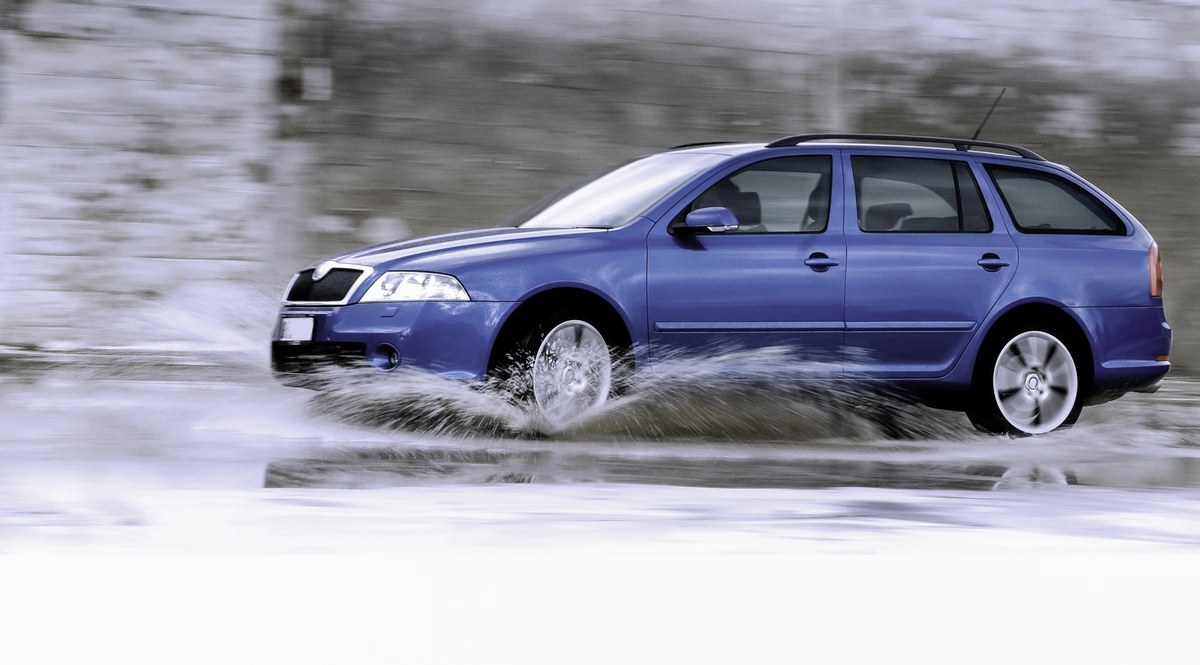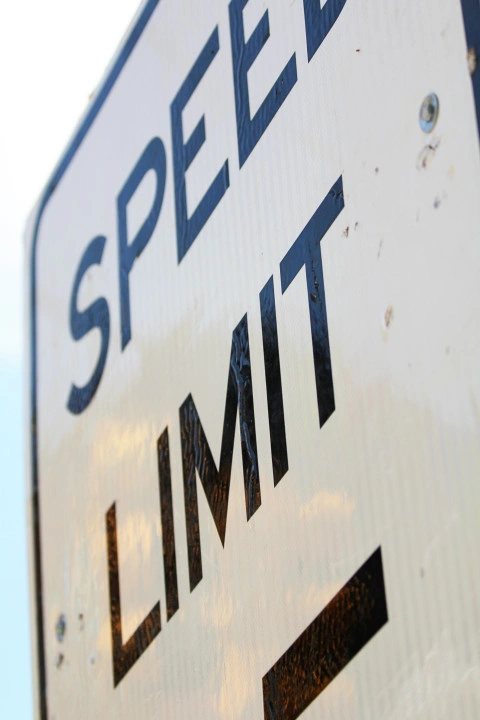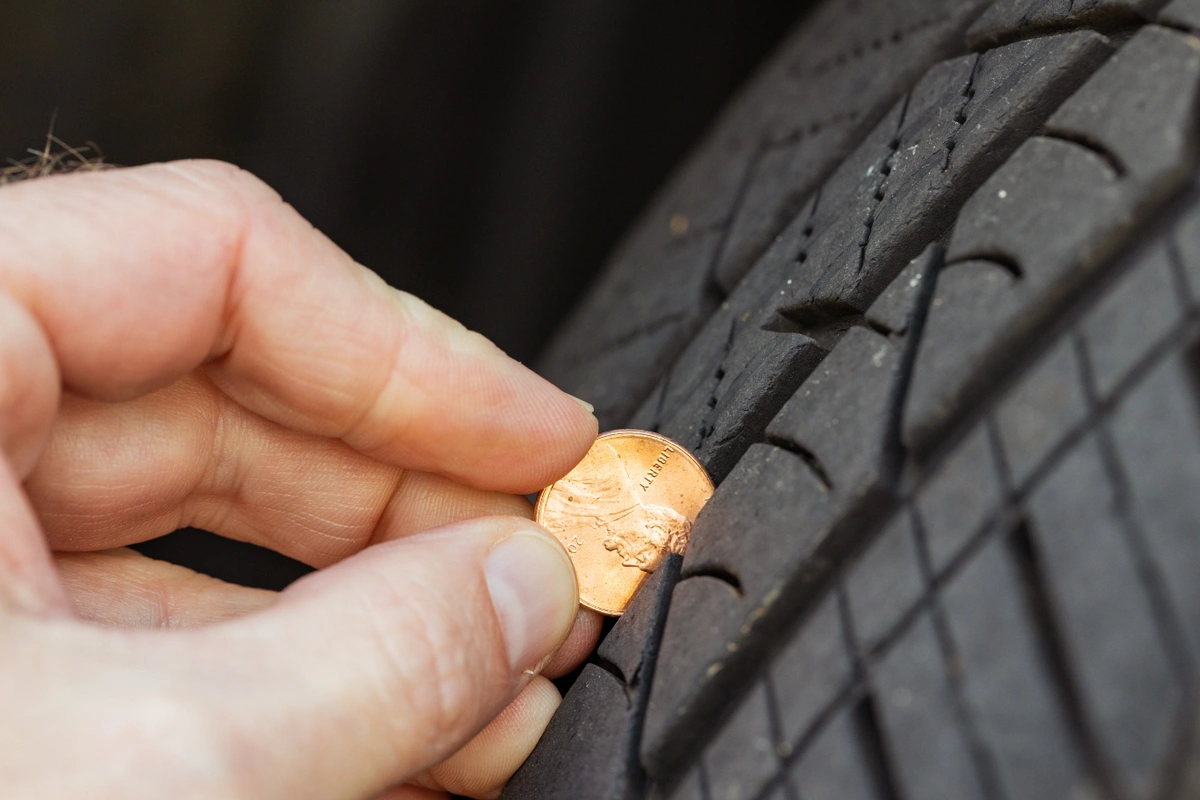Your Shopping Cart
Your cart is empty.
Subtotal ( items)
Instant Rebate Applied:
Promo Code Applied: ID.me Discount Applied:
Have a Promo Code?
Size:
Item
Item
Selected for:
/ each
Add-Ons
Wireless air pump capable of pumping up to 150 psi with 2000 MAH power bank.



Fully protect your clothes and vehicle interior during transportation of your tires. For Tires up to 31" tall and wheels up to 22".
Per sensor
Add TPMS Sensors
/per sensor
Please confirm the make, year, model and trim of the vehicle you want to purchase for:
How many sensors do you need?
The vehicle you have selected is not compatible with aftermarket TPMS Sensors.
Enter a different vehicle to add TPMS sensors

 Front Tire Size:
Front Tire Size:
 Rear Tire Size:
Rear Tire Size:
 Your Vehicle:
Your Vehicle:
Pros & Cons of Staggered Fitment

Attractive Design

Improved Handling

Improved Cornering
Bumpier Ride
Poor Traction in Snow
How do I find my tire size?



Need help?
 Your Vehicle:
Your Vehicle:
Pros & Cons of Staggered Fitment

Attractive Design

Improved Handling

Improved Cornering
Bumpier Ride
Poor Traction in Snow
How do I find my tire size?



Need help?
Pros & Cons of Staggered Fitment

Attractive Design

Improved Handling

Improved Cornering
Bumpier Ride
Poor Traction in Snow
Need help?
Need help?
How do I know if I have an LT tire?

 Your Vehicle:
Your Vehicle:
Sorry, we could not find any available
wheels for your sizing selections.
Need help?
Hydroplaning: What It Is and How to Avoid It
By Tire Agent Staff
January 09, 2024
TL;DR? This guide answers these questions 
- Hydroplane car meaning: When a vehicle skims or skids on water, causing the car to lose traction.
- At what speed does hydroplaning occur: Typically around 45 MPH, but under certain conditions it can happen at slower speeds.
- Hydroplaning is caused by: Driving too fast in wet/rainy conditions and with tires that have low tread depth increasing the risk of collisions.
- If you start to hydroplane, what should you do: Don't brake. Don't jerk the steering wheel. Steer straight, take your foot off the gas, and resume driving when you feel traction, to avoid further car damage.
- What does hydroplaning feel like? It feels like you've lost control of your vehicle, like your vehicle is drifting or floating and you might lose contact with the road.
What Is Hydroplaning?
The definition of hydroplane is to skim or skid on water. In automotive terms, aquaplaning occurs when a layer of water builds up between the tires of a vehicle and the road surface. The water causes the tires to lose contact with the road, leading to a loss of traction and control, resulting in potential accidents. Hydroplaning typically happens when driving on wet or rainy surfaces, which can be a significant safety concern.
Aquaplaning begins when the tire treads are unable to displace the water on the road quickly. As a result, a thin film of water forms under the tires, creating a barrier between the rubber and the road. When this happens, the vehicle can essentially ride on the water rather than making direct contact with the road surface making drivers lose control.
The factors that contribute to aquaplaning include speed, tire tread depth and road conditions. All of these factors are within the driver's control:
-
-
- Speed: If you can't avoid driving in the rain, slow down. Allow for longer following distances, lower speeds and longer braking time when driving in rainy or wet conditions.
- Tread depth: Replace tires when the tread depth is 2/32 of an inch or less to ensure they can push water away from the contact patch.
- Road conditions: When driving on uneven roads where water accumulates, take precaution in wet conditions and if you have lower-tread tires as large puddles can be hazardous.
-
This 4-minute video from Consumer Reports shows How hydroplaning happens.
At What Speeds Can Hydroplaning Occur? 
Hydroplaning is most likely to occur at speeds above 45 miles per hour (72 kilometers per hour) on wet or water-covered roads. At this threshold, the combination of speed and the presence of water makes it more challenging for tires to disperse the water to keep the treads in contact with the road. However, the exact speed at which water sliding may occur can vary based on factors such as tire tread depth, tire pressure and the condition of the road.
The Consumer Reports video that we shared earlier in this post shows the difference between aquaplaning at 45 MPH and 60 MPH.
Hydroplaning can occur at speeds as low as 30 mph. When one or more of a vehicle's tires encounter more water on a road surface than they can scatter, hydroplaning can happen. This typically occurs between 30 mph-45 mph depending on weight, but it can start as low as 30 mph. To avoid hydroplaning, it's crucial to reduce speed during wet conditions and ensure your tires are in good condition.
How to Handle Aquaplaning
Your first experience with waterplaning might trigger panic and cause your brain to send a message to your feet to brake. Don't slam on the brakes. Try to stay calm and take immediate, controlled actions to regain control. Here's a step-by-step guide on what to do when your vehicle hydroplanes:
- Stay calm: Keep a steady hand on the steering wheel and avoid making sudden movements. Panic can exacerbate the situation.
- Steer straight: Keep the steering wheel straight and avoid making sharp turns. Attempt to regain control by steering in the direction you want to go without overcorrecting.
- Wait for traction: As your tires regain traction, you'll feel more in control. Once you have traction, you can steer the vehicle in the correct direction.
- Drive defensively: After regaining control, reduce your speed and drive defensively. Be cautious of the potential for additional aquaplaning, especially in wet conditions.
Remember, prevention is critical. Maintain your tires properly inflated, drive at safe speeds for the road conditions, and avoid large puddles or standing water. If aquaplaning becomes a frequent issue, it may be advisable to reassess your tire condition and consider replacements.
How NOT to Handle Hydroplaning
When faced with aquaplaning, don't brake, don't overcorrect, and don't do these things:
- Don't brake suddenly: Resist the temptation to slam on the brakes, as it can worsen the situation by causing your tires to lose what little traction they have. Instead, ease off the accelerator pedal.
- Avoid sharp turns: Making abrupt or sharp turns can lead to further loss of control. Keep the steering wheel straight and make gradual, smooth adjustments.
- Don't overcorrect: Overcompensating by turning the steering wheel too much can result in a skid or spin-out. Make controlled and measured movements to regain stability.
- Avoid sudden acceleration: Refrain from rapidly accelerating, as this can exacerbate the aquaplaning effect. Maintain a steady speed or decelerate gently.
- Don't panic: Panic can cloud judgment and hinder your ability to make rational decisions. Stay calm and focused, and follow the recommended steps to regain control.
- Don't drive through deep puddles: Avoid driving through large puddles or areas with standing water, especially if you are unsure of the depth. Deep water increases the risk of aquaplaning.
By steering clear of these actions and adopting a calm and controlled approach, you increase your chances of safely navigating through a hydroplane. Remember that prevention, including proper tire maintenance and adjusting your driving speed to road conditions, minimizes the danger.
How NOT to Hydroplane
Preventing hydroplaning involves good driving habits. Here are tips to help reduce the risk of aquaplaning.
- Maintain proper tire tread: Ensure your tires have adequate tread depth. Worn-out tires with shallow treads are more prone to hydroplaning. Regularly check and replace tires when tread depth is 2/32" or less.
- Check tire pressure: Maintaining proper pressure ensures optimal contact between the tires and the road surface. Under-inflated or over-inflated tires can affect traction.
- Rotate and balance tires: Regularly rotate and balance your tires to promote even wear. This helps maintain consistent traction across all tires.
- Drive at a safe speed: Reduce speed in wet or rainy conditions. Slower speeds allow your tires to displace water more effectively, reducing the risk of waterplaning.
- Avoid driving through standing water: Steer clear of large puddles and areas with standing water. If possible, drive around such obstacles to minimize the chance of water skidding.
- Use quality tires: Invest in high-quality tires designed for wet conditions. All-season or all-weather tires with specialized tread patterns for water dispersion can enhance traction on wet roads.
- Drive defensively: Be aware of your surroundings and potential hazards on the road. Maintain a safe following distance from other vehicles and be prepared to react to changing road conditions.
- Avoid cruise control: In wet conditions, refrain from using cruise control. Maintaining manual control over your speed allows you to respond quickly to changes in road conditions.
- Stay informed: Check weather forecasts before embarking on a journey. If heavy rain is expected, consider postponing your trip or adjusting your route to avoid areas prone to flooding.
- Keep your vehicle well-maintained: Ensure that your vehicle's brakes, suspension and steering systems are in good condition. Regular maintenance contributes to overall road safety.
By adopting these preventive measures and practicing safe driving habits, you can significantly reduce the likelihood of aquaplaning and improve your safety on wet roads.
Are There Tires That Can Help Avoid Hydroplaning?
Yes, some tires specifically help reduce the risk of hydroplaning and enhance wet weather performance. These tires fall under "all-season," "all weather" or "performance" tires. Here are some features commonly found in tires that can help mitigate waterplaning.
- Tread design: Tires with an advanced tread design featuring grooves, sipes and channels effectively disperse water from the tire's contact patch. This helps maintain better traction on wet roads and reduces the risk of water sliding.
- Wide circumferential grooves: Tires with wide grooves running around the tire's circumference are designed to channel water away from the center, preventing water buildup and improving overall wet traction.
- High-silica rubber compound: Tires with a high-silica rubber compound maintain flexibility in colder temperatures and provide improved wet traction. This is particularly beneficial for driving in rainy or wet conditions.
- Siping: Sipes are small, narrow channels or slots in the tire tread that aid in water dispersion. Tires with well-engineered siping patterns can enhance grip on wet surfaces.
- Tire size and width: Wider tires may have a larger contact patch, which can help disperse water more effectively. However, it's important to make sure the tire size is suitable for your vehicle and adheres to manufacturer recommendations.
- Performance tires: Tires labeled "performance" or "high-performance" often incorporate features to improve handling and traction, making them a good choice for wet conditions. These tires are commonly found on sports cars and some sedans.
When selecting tires to help avoid hydroplaning, it's critical to consider your driving needs, the climate in your region and the type of vehicle you own. Consulting with a tire professional or referring to tire reviews can provide insights into the wet weather capabilities of specific tire models.
Photo 39469298 | Hydroplaning | doveloupo | Dreamstime.com
Next Post:
How Do Snow Tires Work? Winter Tire GuideHow to Qualify for the $50 Offer
- Add items to your cart and begin checkout.
- Select PayPair and apply for financing.
- If you’re approved by a participating lender, you’ll see a $50 promotional rebate applied to your order total.
-
To receive the $50, you must:
- Complete your purchase with a qualifying lender,
- Agree to the payment terms,
- And make the required number of consecutive on-time payments, as specified by the lender.
Note: Offer available only through select lenders. Additional eligibility requirements and conditions apply. Rebate may be issued after verification of qualifying payment activity. Terms subject to change.
How to Purchase Tires and Wheels
With a Payment Plan
Tire Agent's payment plans make it easy to get the best partial or full set of tires and wheels for your vehicle.
It's fast, secure and won't affect your credit score
Match with multiple lenders
Why Choose PayPair?
PayPair’s Partners and Plans

No Money Down

No Money Down

No Credit Needed*

No Money Down

$1 to Start!*

No Money Down

No Credit Needed*

$1 to Start!*

No Money Down
Other Payment Plans

$0 to Little Down

Pay with your bank account

Simplified checkout experience

Faster and easier than using cards or cash

Simplified checkout experience

Faster and easier than using cards or cash
*SNAP: The advertised service is a lease-to-own agreement provided by Snap RTO LLC. Lease-to-own financing is not available to residents of Minnesota, New Jersey and Wisconsin. NO CREDIT NEEDED: Not all applicants are approved. While no credit history is required, Snap obtains information from consumer reporting agencies in connection with applications, and your score with those agencies may be affected. PAYMENT PLAN: The standard plan consists of renewable lease terms. To exercise an early ownership, consumers must make regular payments on time and schedule additional payments via the customer portal or by contacting Customer Care at 1-877-557-3769. KATAPULT: The Promotional Initial Payment (plus any applicable taxes and fees) is due at lease signing. Your lease-purchase payment amount will be determined after you select your product(s). You will not acquire ownership of the product(s) if the total amount necessary to acquire ownership is not paid. The Promotional Initial Payment does not reduce the cost of the lease-purchase agreement. The Promotional Initial Payment is only available when shopping at Tire Agent through the Katapult mobile app and at Tire Agent’s website. Product pricing subject to change and availability. Disclosure: 90-day early purchase option (EPO) terms and conditions apply: 90-Day (3 months in CA) You can buy out your lease-to-own agreement within the first 90-days. This amount includes the cash price, plus the lease-to-own cost for the first 90-days. Taking advantage of the 90-day purchase option will save you the most money! PROGRESSIVE: Ownership by rental/lease agreement with Progressive Leasing costs more than the retailer’s cash price. Select items only. Cancel or purchase early at any time. Not available in MN, NJ, VT, WI, WY. Progressive Leasing obtains information from credit bureaus. Not all applicants are approved. Standard agreement offers 12 months to ownership. 90-day purchase options cost more than the retailer’s cash price (except 3-month option in CA). To purchase early or to cancel lease, you must call 877-898-1970. Retailer cannot activate early purchase options.

